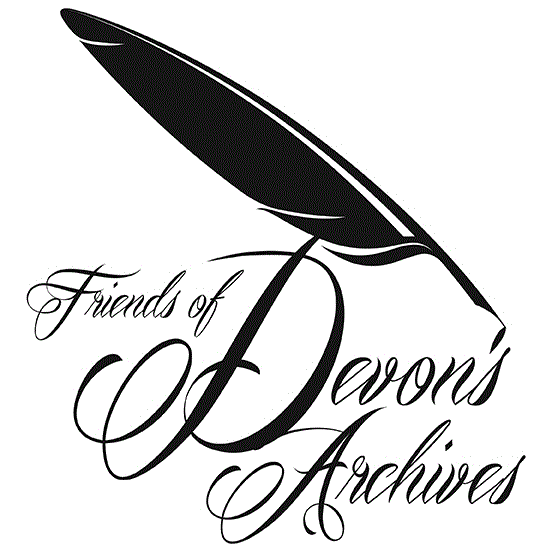A Manor Court was held shortly after the beginning of each Ecclesiastical year (25 March), when the tenants sat as jurors. Whenever matters arose that required the Court to sit at other times, a jury of only three members was required. Jurors for these intermediate courts would be selected from those in good standing in the manor with a good knowledge of who lived where and who did what. The jurors from 1720 to 1799 are included in the list of personalities.
The annual Manor Court elected a Reeve to act as a link between the Lord of the Manor, or his steward, and the tenants. The Reeves for the period 1731 to 1799 are also included in the list of personalities.
The manor extended to an area of 250 to 300 acres and included the farms of Longmarsh (90 acres) and Tatepath (30 acres). The remainder of the manor covered what is now the centre of Morchard Bishop and some outlying blocks of land. The majority of the tenants were husbandmen, tradesmen or day labourers although some held farms outside the manor renting fields or cottages within the manor.

